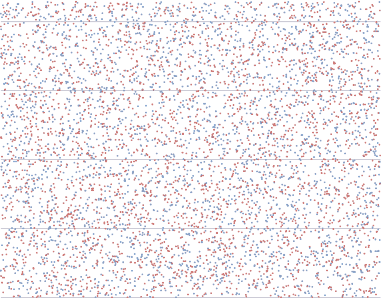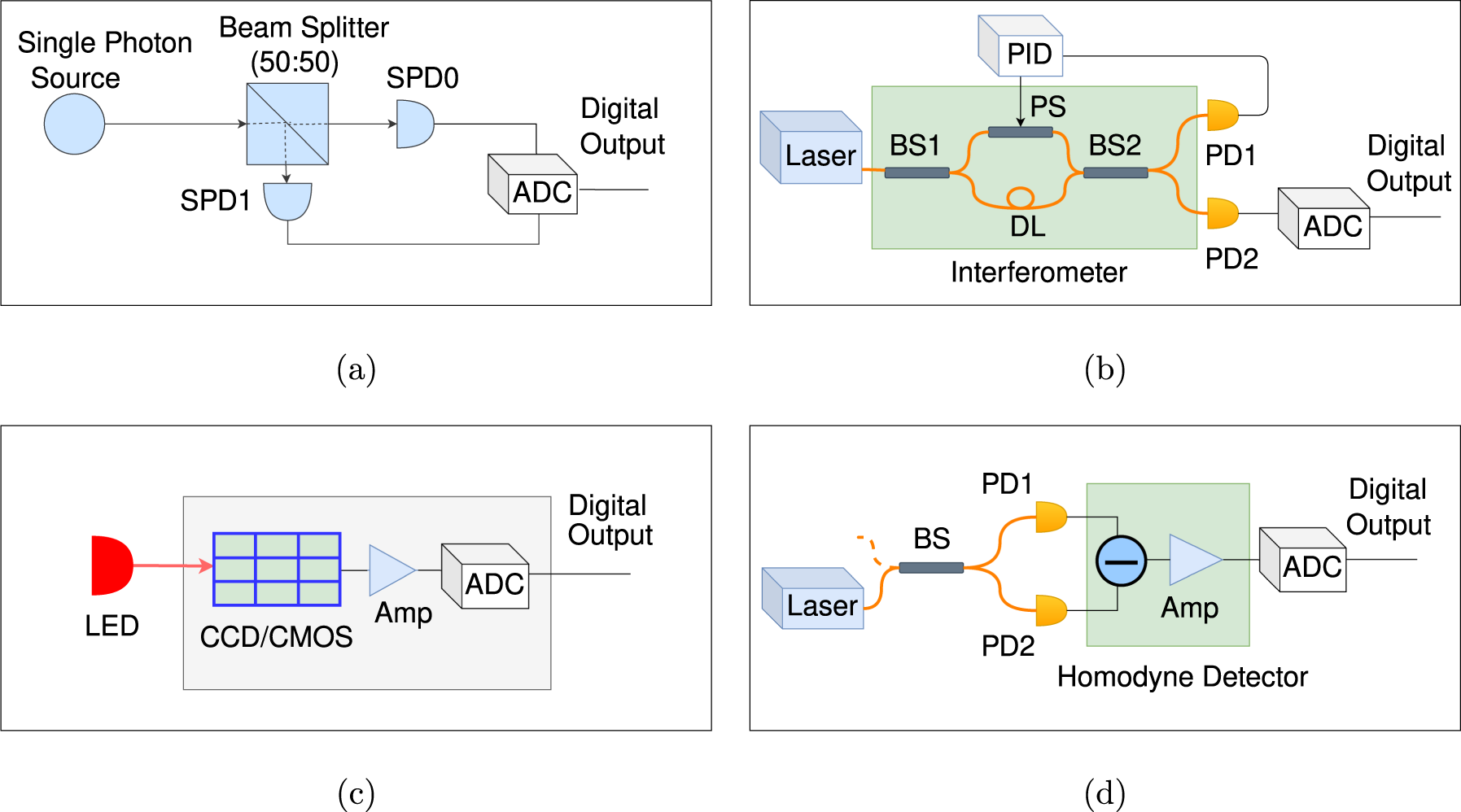

They were used in bank systems, high-security and the likes. The problem with them was the bandwidth - the amount of entropy they could generate wasn't very high so they were used for seeds of pseudorandom algorithms. They were based on a chip with a small radio measuring white noise of deep space radiation, or a small radioactive sample and measuring periods between its decay.

There were (are?) actual hardware-based Random Number Generators in sale. I wouldn't try and redo the rand() function for most web based applications that you'll make, rand() should suffice for any random number you'll need.Īlso check out linear congruential generators, this might be more of what you're looking for if you want the dirty details: Īre you asking for Pseudorandom or Random? Others answered about pseudorandom, let me talk about Random. If they want to make it a little more fun they change chests beforehand for total obliviousness, if you will!Īs for how PHP actually physically chooses the seed and the random number, I don't have enough knowledge for that(which is probably what you were wondering the most about!). If it's not, they put it back in the chest with the others. If it works for the size they want, they use it. So they'll choose a chest at random between those 1000 chests, and then they'll choose an ice cube inside that chest at random. However, they only need ice cubes bigger than 1 cubic inch.

At the county fair, they'll choose an ice chest to start using for drinks, and they can only use one ice cube. Let's say you have 1000 ice chests and each chest has 1000 ice cubes inside. Think of each 'seed' as an ice chest, and then the random numbers as ice cubes. You can then use rand(min, max) to go into the seed and choose a number between the min and the max, inclusive. In PHP, you can use srand() to "shuffle" the seeds, so you almost always get a different answer. That starting point then has a bunch of numbers that are "inside" of it that the program chooses from. When you seed the RNG, you are giving it an equivalent to a starting point. This wikipedia article might be able to help you out in the explanation: įrom what I understand, there are basically two parts of an RNG: the seed, and then the random number chosen from that seed. The only really truly random things are acts of God, like lightning. ROW($1:$10) creates this array, random_number) and returns a random number between 1 and 10.Random Number Generators(RNGs) are really generating pseudorandom numbers, since it's impossible to actually generate a TRULY random number. Explaining the alternative array formula in cell A2 To avoid this you can use the following formula =Randbetween(1,10) it will generate random numbers between 1 and 10, if we applied the formula in ten cells there is a possibility the formula may generate duplicate value in the ten cells. The Randbetween function may generate duplicate value.


 0 kommentar(er)
0 kommentar(er)
